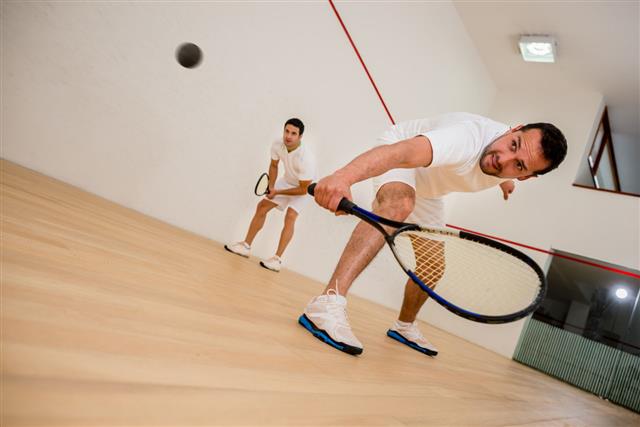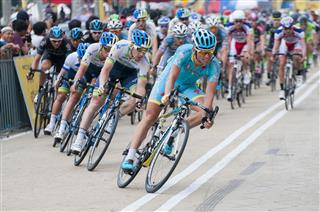
The rules of track and field events advocate free and fair play on the field. If you are well-versed with these rules, you can formulate an effective strategy and go on to win the much sought-after gold.
Track and field, also referred to as athletics, is a combination of sporting events involving competitions pertaining to running, throwing, and jumping. These include events like sprint, long-distance running, hurdles, relay, javelin throw, shot put, discus throw, high jump, long jump, pole vault, etc., as well as multiple event competitions such as the Pentathlon, Heptathlon, and Decathlon.
IAAF Rules and Regulations
The rules of track and field events that are followed at the international level are devised by the International Association of Athletic Federation (IAAF)―the premier governing body for athletics. Not just the contestants, but even the officials are committed to follow the rules with proper discipline. According to the guidelines set by the IAAF, competitions should be held on facilities with synthetic surface, which pass the specifications stated in the IAAF Track Facilities Testing Protocols. As far as the age is concerned, December 31 of the particular year in which the said event is held, is considered the benchmark for age calculation. The athlete should not wear any objectionable clothes. Clothes which are transparent, or which may become transparent if they get wet, should not be worn.
In most of the competitions, athletes are supposed to wear the bibs provided to them on the chest and back. In javelin throw and pole vault though, only one bib is to be worn either on the chest or back. Shoes worn in the competition must pass the IAAF guidelines. The shoes should not give athletes any unfair advantage over the other athletes. The number of spikes in the sole of the shoes should not exceed 11. The size of spikes used in running events should not exceed 9 mm. In javelin throw and high jump, the same should not exceed 12 mm.
General Rules
In running events, the athlete is warned for the first foul start; repeating the same error will call for a disqualification. Lane discipline is of utmost importance in track and field. If an athlete changes the lane, it will be seen as obstructing the fellow athlete, which, in turn, will call for immediate disqualification. In relay, the baton must be passed within the 20 m exchange zone; trying to pass on the baton after crossing this distance will be viewed as a foul. In hurdles, the athlete has to clear all the hurdles with clear crossover. Knocking down any hurdle in effort of crossing over, or as a deliberate attempt, may lead to disqualification.
In high jump and pole vault each athlete is given three chances to clear the hurdle. Failure to clear the hurdle is viewed as a foul, and three such fouls automatically lead to disqualification. In long jump and triple jump, overstepping on the take-off board is considered foul. As in the case of a high jump, three fouls in long jump or triple jump will lead to automatic disqualification. Overstepping is considered a foul in various throwing competitions, i.e., discuss throw, javelin throw, shot put, and hammer throw.
Disqualification and Protest Rules
Winning time or the intermediate time is either announced by the officials or displayed on the official electronic display board. Conveying the time to athletes by any individual in person is strictly prohibited. Medical assistance will only be provided by medical staff appointed by the organizing committee. Any medical assistance in the competition area by the athletes’ trainer or support team, will be seen as disturbance to the competition.
An athlete can be immediately disqualified for infringement of technical rules or any unsporting behavior on the field. The technical delegates appointed by the organizing committee will be in charge of entertaining protests, if any. Protests about illegalities in participation of any athlete should be registered before the commencement of the particular sporting event. Protests regarding the results of a particular sporting event, should be registered within 30 minutes from the end of the said event.
A mistake won’t just land you out of the competition, but may even lead to severe penalization. That makes it all the more important to be well-versed with these rules well in advance. After all, competition is about opportunity … once lost, you may never get it again.





























